About Brian
I make things easier for people
Overview
Brian Bureson is a Colorado-based design leader focused on crafting thoughtful, scaleable design solutions that have been validated through customer insights, research, and measurable metrics.
With a proven track record of driving innovative and user-centered 0-1 product design solutions across startups, mid-sized teams, and large organizations, Brian operates with a deep level of craft in product design and research. He directs, manages, mentors, and leads teams to work more efficiently together, develop positive working relationships, and build fantastic, well designed products.
Highlights
Strategic product design leader and doer that cuts through the noise
6 US patents and 2 medical device excellence awards for the t:slim insulin pump
Problem solver through deep understanding of context, environment, business, and audience
0 to 1 product design, including t:slim insulin pump, Skype for Android tablet v1, Skype Qik v1, and confidential enterprise-grade AI products for Oracle
Leadership — leveraging collaboration, education, process, influencing, and inspiring colleagues and stakeholders to work together and build the best product.
Expertise
Product and interaction design — wireframes, user flows, information architecture, prototypes, specifications
User research — user testing, card sorting, tree testing, metrics, KPIs
Generative AI — Large Language Models (LLMs), Retreival-Augmented Generation (RAG), Agentic workflows
Conversational interfaces — instant messaging, digital assistants, chatbots, mobile, responsive web apps
Desktop, web, mobile, and wearables — Android, iOS, and responsive web design
Design systems
Enterprise search
Tools
Design
Pencil and paper
Figma
Whiteboards
Gemini
Sketch
Adobe CC
Research
Perplexity
Chat GPT
dScout
UserZoom
Optimal Workshop
Ethnio
Certifications
Certified SAFe 4 Practitioner (SP) from Scaled Agile
Certified Scrum Product Owner (CSPO) from Scrum Alliance
Process
My process is dependent on the project needs, but ultimately involves
Discovery
Understanding the audience goals and problems
Understand the business value
Learn technology opportunities, constraints, and limitations
Identify what is or is not working in the current state
Research
Competitive analysis
Identify questions that need to be answered
Identify if research is needed
For existing products, conduct baseline user tests to evaluate user sentiment
Conduct user research based on needs
Design
User flows / task flows
Define information architecture
Explore multiple iterations of wireframes
Interactive prototypes to showcase micro-interactions and flow
Detailed design specifications
Testing
Working with developers and stakeholders through implementation
User acceptance testing (UAT) to ensure the right thing was built
Evaluating the impact
Conduct benchmark user tests to evaluate the impact of the changes and user sentiment overall
Metrics: task success, time on task, and Single Ease Question (SEQ).
Evaluate customer feedback post-launch and identify areas to investigate
Plan future research and design cycles based on benchmark tests, business needs, customer feedback, and technical opportunities
